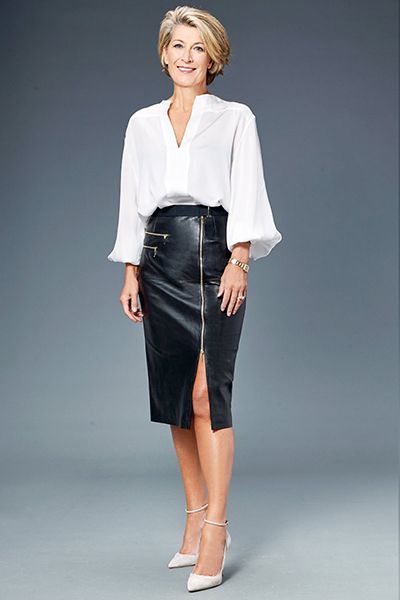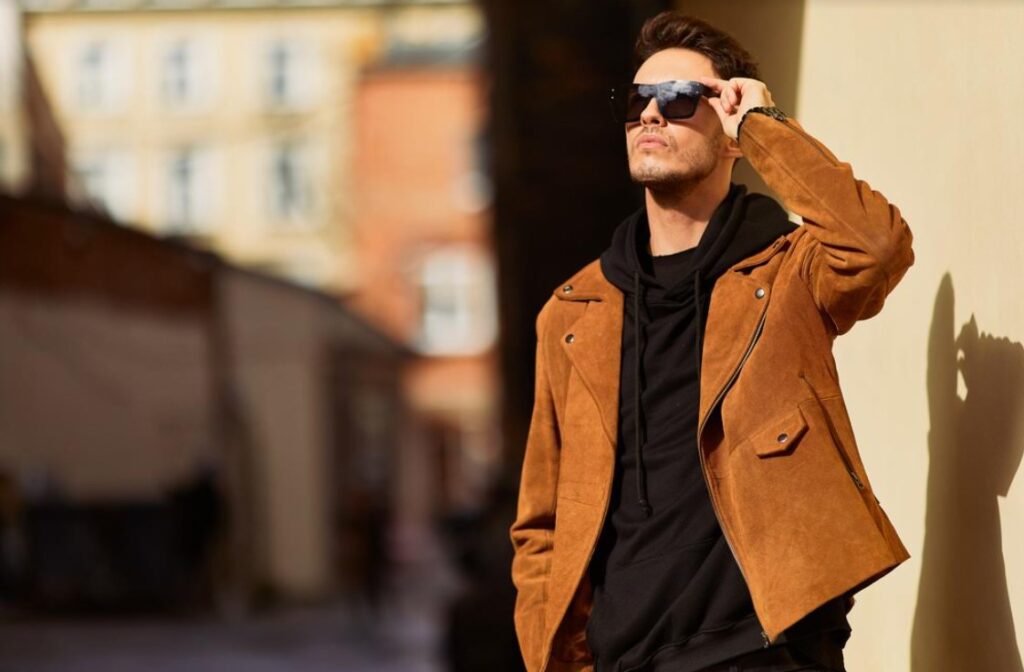
Power dressing is more than just a fashion trend—it’s a statement of confidence, authority, and self-assurance. The right outfit has the ability to transform how you feel and how others perceive you, making it an essential tool for success in professional and social settings. Understanding the psychology behind power dressing can help you elevate your confidence and make a lasting impact.
The Psychology Behind Power Dressing
Clothing plays a significant role in shaping self-perception and influencing behavior. This concept, known as enclothed cognition, suggests that what we wear affects our mindset, emotions, and interactions. When you dress in a way that aligns with your goals and self-image, you naturally exude confidence and command attention.
Studies have shown that people who dress in professional or structured clothing feel more competent, focused, and empowered. A tailored suit, an elegant dress, or even a well-chosen accessory can instantly boost self-esteem and create a sense of authority.
Key Elements of Power Dressing
- Tailored Fit – Clothes that fit well create a polished and sophisticated look. Ill-fitting outfits can undermine confidence and project an unprofessional image. Investing in tailored pieces ensures a sleek, put-together appearance.
- Strong Colors – Color psychology plays a crucial role in power dressing. Bold hues like red exude energy and dominance, while blue conveys trust and professionalism. Black symbolizes authority and elegance, making it a go-to choice for many leaders.
- Statement Pieces – Accessories such as a structured handbag, a bold tie, or an elegant watch can enhance an outfit’s impact. Statement pieces act as focal points, drawing attention to your presence and reinforcing your confidence.
- Quality Fabrics – The texture and quality of your clothing contribute to the overall impression you make. Luxurious materials like wool, silk, and high-quality cotton suggest sophistication and attention to detail.
Dressing for Different Occasions
Power dressing is not limited to corporate environments; it extends to various aspects of life. Understanding how to dress appropriately for different settings ensures that you make a powerful impression wherever you go.
- Corporate Settings – Opt for structured blazers, tailored trousers, and sophisticated dresses. Neutral colors with pops of bold shades enhance authority while maintaining professionalism.
- Networking Events – Choose outfits that strike a balance between professionalism and approachability. Stylish yet comfortable attire makes interactions smoother and more impactful.
- Casual Power Dressing – Confidence shouldn’t be restricted to formal settings. Well-fitted jeans, stylish blouses, or classic jackets can create a commanding presence in everyday life.
Conclusion
Power dressing is not about conforming to rigid fashion norms; it’s about harnessing the power of clothing to elevate confidence and influence. By selecting outfits that align with your personality and goals, you can create a lasting impression and navigate any situation with poise. The right outfit does more than enhance appearance—it transforms mindset, empowering you to take on the world with confidence and authority.
